The Best Old School Metal Bands for the Heavy Metal Newbie
New to the heavy metal genre or are you trying to introduce someone to the joys and travails of metal? Why don’t you load your playlist with the best songs from the granddaddies of the genre?
• Black Sabbath. Some of their best songs include “War Pigs,” “Paranoid,” “Iron Man” and “N.I.B.”

• Deep Purple. Some of their best songs include “Smoke on the Water,” “Highway Star,” “Soldier of Fortune,” and “Hush.”
• Iron Maiden. Some of their best songs include “Fear of the Dark,” “Man on the Edge,” “Afraid to Shoot Strangers,” and “Holy Smoke.”
• Judas Priest. Some of their best songs include “Painkiller,” “Electric Eye,” “Living After Midnight,” and “Breaking the Law.”
• Helloween. Some of their best songs include “I Want Out,” “Eagle Fly Free,” “If I Could Fly,” and “Dr. Stein.”
• Led Zeppelin. Some of their best songs include “Stairway to Heaven,” “Whole Lotta Love,” “Immigrant Song,” and “Black Dog.”
• AC/DC. Some of their best songs include “Highway to Hell,” “Back in Black,” “Problem Child,” and “Hells Bells.”

• Motorhead. Some of their best songs include “Ace of Spades,” “Orgasmatron,” “Mean Machine,” and “Just ‘Cos You Got the Power.”
• Dio. Some of their best songs include “Holy Diver,” “Rainbow in the Dark,” “Stand Up and Shout,” and “We Rock.”
• Rush. Some of their best songs include “Tom Sawyer,” “Working Man,” “The Spirit of the Radio,” and “Xanadu.”
• Diamond Head. Some of their best songs include “It’s Electric,” “Helpless,” “All the Reasons You Live,” and “Wild on the Streets.”
• Rainbow. Some of their best songs include “Temple of the King,” “Man on the Silver Mountain,” and “Catch the Rainbow.”
• Def Leppard. Some of their best songs include “Love Bites,” “Two Steps Behind,” “Photograph,” and “Let’s Get Rocked.”
• Scorpions. Some of their best songs include “Wind of Change,” “Still Loving You,” “Always Somewhere,” and “Rock You Like a Hurricane.”
• W.A.S.P. Some of their best songs include “Wild Child,” “I Wanna Be Somebody,” “Sleeping,” and “Animal.”

• Motley Crue. Some of their best songs include “Home Sweet Home,” “Wild Side,” “Live Wire,” and “Kickstart My Heart.”
• Queensryche. Some of their best songs include “Eyes of a Stranger,” “I Don’t Believe in Love,” “Queen of the Reich,” and “Silent Lucidity.”
• Ozzy Osbourne. Some of their best songs include “Mr. Crowley,” “Crazy Train,” “Over the Mountain,” and “No More Tears.”
• Manowar. Some of their best songs include “Warriors of the World,” “Kings of Metal,” “Fighting the World,” and “Defender.”
• Poison. Some of their best songs include “Fallen Angel,” “Every Rose Has its Thorn,” “Something to Believe In,” and “Life Goes On.”
• Megadeth. Some of their best songs include “Holy Wars… The Punishment Due,” “Hangar 18,” and “Tornado of Souls.”
• Ratt. Some of their best songs include “Body Talk,” “City to City,” “Back for More,” and “You’re in Love.”
• Dokken. Some of their best songs include “Alone Again,” “Just Got Lucky,” “The Hunter,” and “Dream Warriors.”
• Accept. Some of their best songs include “Burning,” “Restless and Wild,” “I’m a Rebel,” and “Breaker.”
• Twisted Sister. Some of their best songs include “I Wanna Rock,” “The Price,” and “I Am.”
How to Get Rid of Plantar Warts
While callus or a thick layer of skin is normal on the parts of the feet that bear the most pressure or weight, sometimes viruses can take advantage of these spots and cause plantar warts. Although the human papillomavirus that causes plantar warts or Verruca plantaris cannot cause life-threatening symptoms, they can be unsightly and cause discomfort for the person.
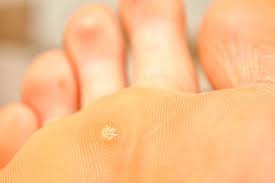
Talk to a Doctor About the Warts
Look for the following signs before consulting a doctor: rough and granny lesion on your foot, especially the forefeet, heels, and the base of the toes; thick callus or spot on the skin with a wart growing inward; lesions that were not normal parts of the ridges of the bottom of the feet; slight pain and tenderness on the foot; and black dots. The black dots are blood vessels on your feet that have clotted and are called wart seeds. There shouldn’t be any pain on the lesions, but you need to see a doctor immediately if it bleeds and there are noticeable changes in the affected areas. If you have diabetes, you should not ignore the symptoms because they can lead to other complications.
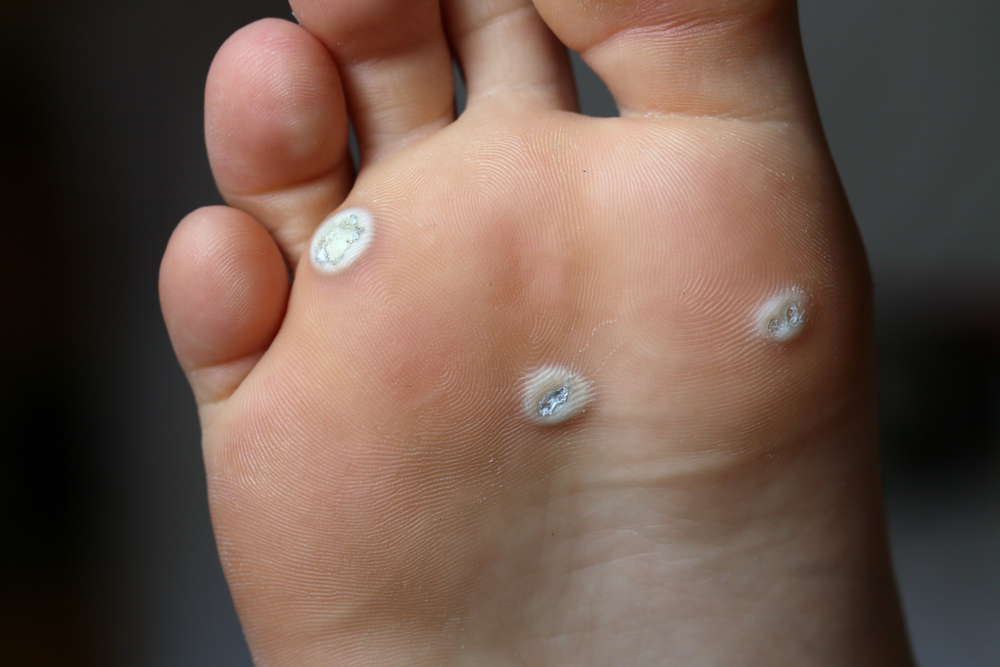
Follow the Treatment Procedure
Plantar warts should disappear after a while even without treatment, but if they cause pain or discomfort, you should seek treatment as soon as possible. You should not try to pick at or scratch the warts to avoid causing complications or spreading the virus. The doctor will tell you to keep your feet dry and clean all the time and to use only clean socks and shoes. The doctor might also trim the warts and dress it until the condition improves. Topical creams or oral medication might also be prescribed depending on the diagnosis. If the warts do not disappear after weeks of treatment, however, the doctor will use other methods to remove them, such as freezing the warts with liquid nitrogen, excising the warts, and laser therapy. Mosaic warts, or clustered warts, for example are more difficult to treat that single warts. In some cases, a biopsy may be required if the doctor suspects that the warts is caused by another condition.
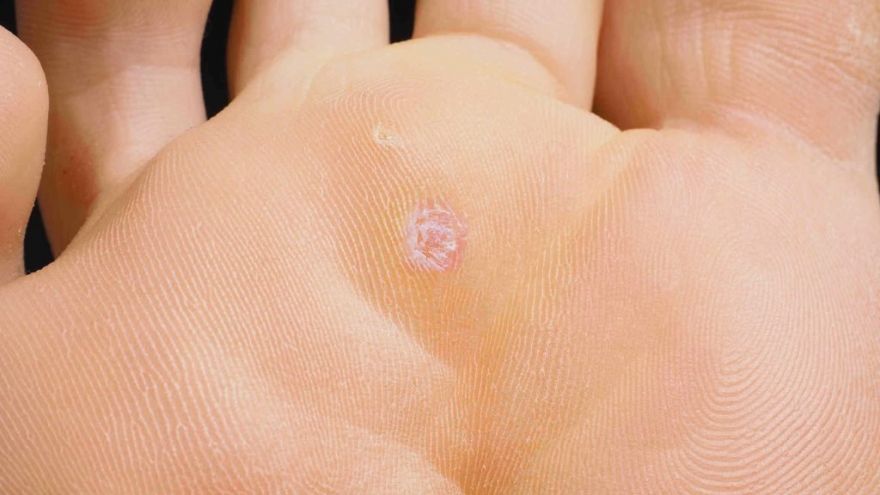
Prevent Transmission of the Virus
The name of the virus might alarm you, but don’t worry, because it is just one of the hundreds of harmless types of HPV that are very common among people. It’s the same virus that causes warts in other parts of the body. It’s not contagious, which means that it cannot be transmitted through direct contact, but you need to keep your environment clean and dry all the time because they thrive in moist and warm locations. Some people are resistant to the virus, but other individuals are more vulnerable if they have weak immune systems, have had plantar warts in the past, or is constantly exposed to the virus because of unhygienic habits. You should never try to remove the warts yourself and be careful when grooming your nails or when filing the warts.
What You Need to Know About Shingles
You might have heard of the name shingles when you came to the doctor to consult painful rashes, but this is a more serious form of infection that regular heat rash because it is caused by a varicella-zoster virus that is also part of the same type of virus responsible for chickenpox.
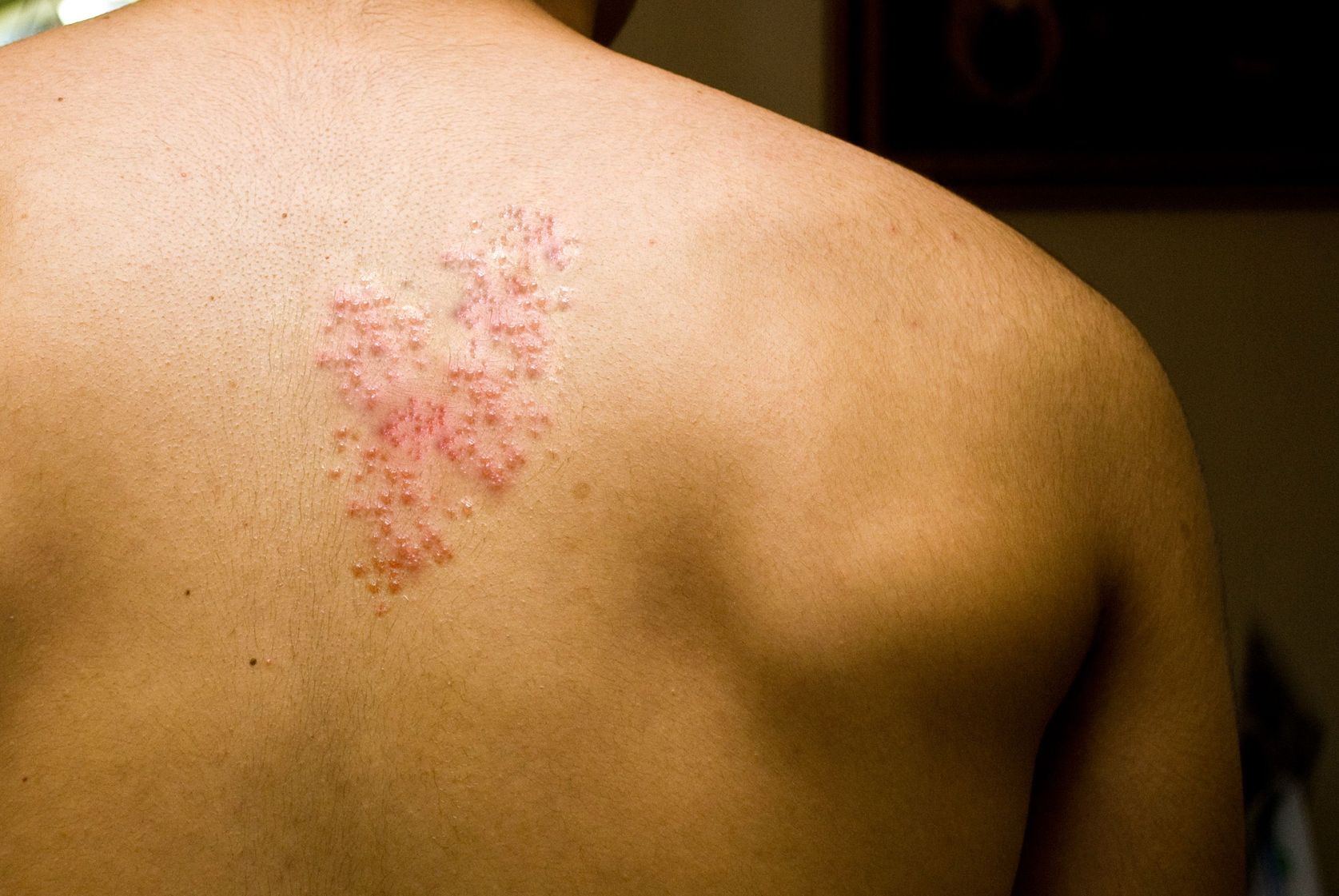
What is Shingles?
If you have had chickenpox in the past, the virus can lie dormant in our body and reappear as shingles years later. Some individuals who have had vaccines against shingles can still experience them, although the rashes will not be as painful as without the vaccine. If left untreated, shingles can cause complications and infections, but it is not necessarily a life-threatening disease. Shingles is not contagious, but the virus can be passed to other people especially if there are members of the family who have not yet developed a resistance against chickenpox. If you have had chickenpox before, this is also not a guarantee that you will not get shingles, because these are caused by different viruses although they belong in the same group.
What are the Symptoms?
Shingles exhibits the same symptoms as chickenpox, such as red rashes, pain or numbness all over the body, appearance of blisters with fluids or crusted blisters when they are broken, itching, fever, headache, fatigue, and sensitivity to light. There are some people, however, who experience the other symptoms without the any rashes appearing on the body. Sometimes, the rashes only appear on one side or one area of the body.
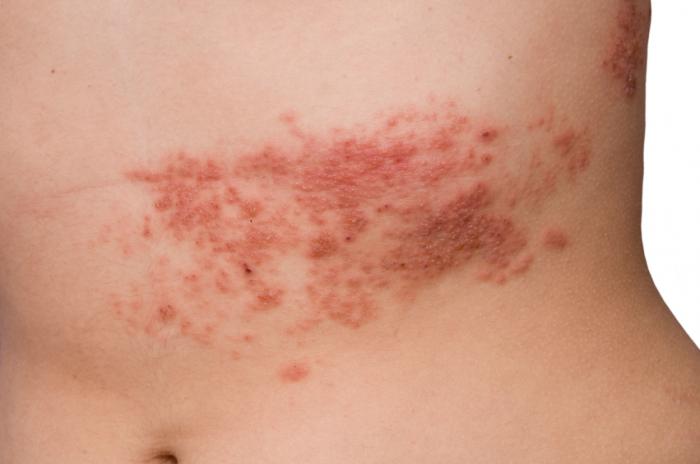
What are the Treatments?
If the rashes are very painful and if they appear on different parts of the body, you need to consult a doctor. People with weak immune systems due to other conditions and the elderly must also seek treatment. If the rashes also appear near the eyes, it must be treated by a doctor to prevent complications and infections that could potentially damage the eyesight. If the severe symptoms are left untreated, the person will likely lose his/her vision, experience postherpetic neuralgia or pain in the damaged nerve fibers, encephalitis, hearing problems, facial paralysis, balance problems, and skin infections. There is no cure for shingles, but the doctor might recommend medications for the pain and to avoid complications.
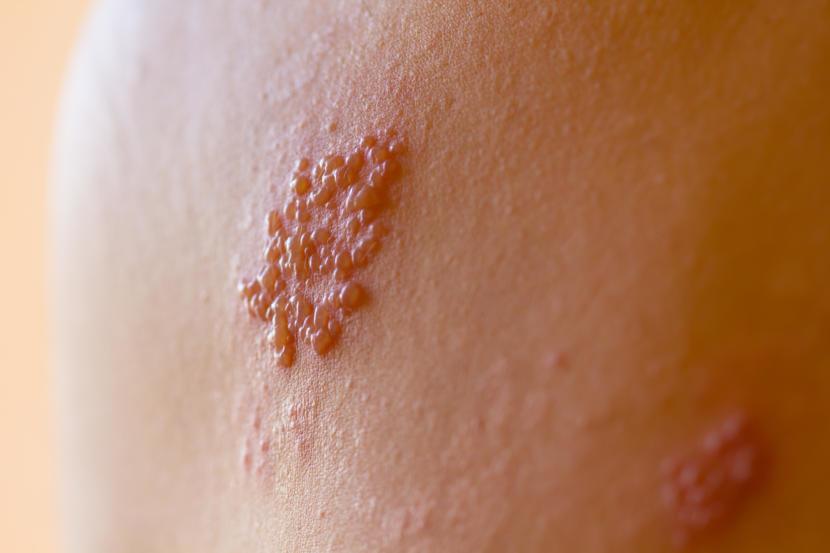
What are the Vaccines?
Fortunately, there are ways to prevent shingles or lessen the symptoms and course of the condition if you do get them; these are chickenpox and shingles vaccines. The former is called varicella vaccine which is available in Singapore as part of the routine vaccination of children, while the shingles vaccine or varicella-zoster vaccine is also given to children and the elderly aged 50 years and above who were not given the vaccine. For those who still get shingles even after being vaccinated, the condition should only last for a maximum of 6 weeks, but it is also possible to experience it more than once.
Is Bodybuilding Safe for You?
With all the new trends and fitness programs available today for everyone, it’s almost a sin to stay unhealthy and inactive. For some people, staying fit means not just losing weight, but also building muscle mass and sculpting the body. Bodybuilding for example has been known to change the body’s composition, making it leaner and stronger even as you age.
But is bodybuilding for everyone? And are there precautions that need to be taken when starting a bodybuilding routine?

You Need to Remember the Goal of Bodybuilding
The core element of bodybuilding is the same throughout the training regardless of the level of the trainee. Its primary goal is to build muscles naturally through training, proper nutrition, and supplementation. While teens aged 16 years and above can start bodybuilding, they need to be carefully guided by an expert trainer to avoid injuries and health complications, because their bodies are still developing.
The fitness regimen of a beginner will of course be different from experienced trainees who compete in bodybuilding contests. Several studies, however, show that even if bodybuilding can make your muscles and bone stronger, there is a risk of reducing heart health over the years. But this scenario happens only when your bodybuilding routine is intense and extreme.

You Need to Understand Your Body
As a beginner, you will not only have to make significant changes in your lifestyle, but you also need the patience to see actual results. The training regimen will be different for every person depending on the age and overall health. It will take years of consistent training and discipline for others to improve their mass, strength, and tone, but the trainer also needs to consider the risk of injuries, especially if the trainee is still young.
There are cases among a few bodybuilders who developed body dysmorphic disorder, causing them to think that they are not lean or muscular enough. This is rare, but trainees should be aware of the risks.
You Need to Follow a Strict Diet
The training is the least difficult part for beginners, because significant changes in the diet need commitment and discipline. The diet that will be recommended to a beginner will allow them to cut fat and gain muscle mass at the same time, but this can be complicated for younger trainees who still need calories and proteins to develop their bodies.

Teenagers for example, are recommended to eat a balanced meal consisting of vegetables, fruits, whole grains, and lean proteins. They can still eat refined sugars and processed food, but they should always choose healthier alternatives. Supplements are not recommended for young trainees because their bodies are still developing, and the long-term health effects could be detrimental.
Overall, bodybuilding is a beneficial fitness routine if your training routine and diet are appropriate for your age and experience. However, knowing the risks of overtraining, overexertion, and the use of supplements can help you make better choices to avoid such injuries and health problems.
When Should You Take an Infant to the Hospital?
Unlike older children, infants cannot tell you if they’re not feeling well. However, you will see signs that will tell you something’s not right with the child. Look out for the following warning signs that indicate the infant needs medical attention right away.

Fever
An infant with a fever higher than 104° F or 40° C should be taken to the hospital, especially if the accompanying symptoms are worrisome; such as breathing difficulties, nonstop crying, vomiting, seizures, and unresponsiveness. Although fever in young children can be managed at home, a baby’s immune system is still maturing, making it difficult for them to handle any disease without help. You should also take the baby to the hospital if the fever has not improved for days or if the medication has no effect.
Bleeding
Mild cuts and scratches are nothing to worry about, but the child should be taken to the hospital if there is profuse bleeding for more than 15 minutes, exposed bone, and open flesh. Frequent bleeding even from minor injuries and slow healing ability should also be warning signs that the child might have a more serious health issue. Injuries from falls can also be managed at home, except when you see the following signs: vomiting, lethargy, loss of balance, stomachache, and bruising, especially on the head.

Diarrhea and/or Vomiting
Diarrhea and/or vomiting can be a symptom for several diseases, but if the incident is managed at home, there is no need to bring the child to the hospital. However, prolonged vomiting and/or diarrhea can lead to dehydration and serious complications. Bring the child to the nearest hospital if you see the following warning signs: inability to pee for the past six hours, inability to keep food and drink down, blood in the vomit or a bloody stool, tearless crying, clammy skin, and a soft spot on the child’s head that looks sunken.

Respiratory Distress
Common colds are harmless and can be treated at home, but you should watch out for signs that show the baby has difficulty breathing, or choking, wheezing, making high-pitched noises while breathing, has chest retractions, and if the baby turns blue or stops breathing. These could be symptoms that the child has asthma or a respiratory infection.
Seizures and Loss of Consciousness
Some children suffer from febrile seizures, but it’s mostly harmless unless it’s caused by a serious illness. It’s important to get a proper diagnosis during the first occurrence to determine the cause. Call emergency if the seizure lasts for more than 5 minutes or if the child suddenly goes limp or stiff, the eyes roll back, and the body starts jerking.
